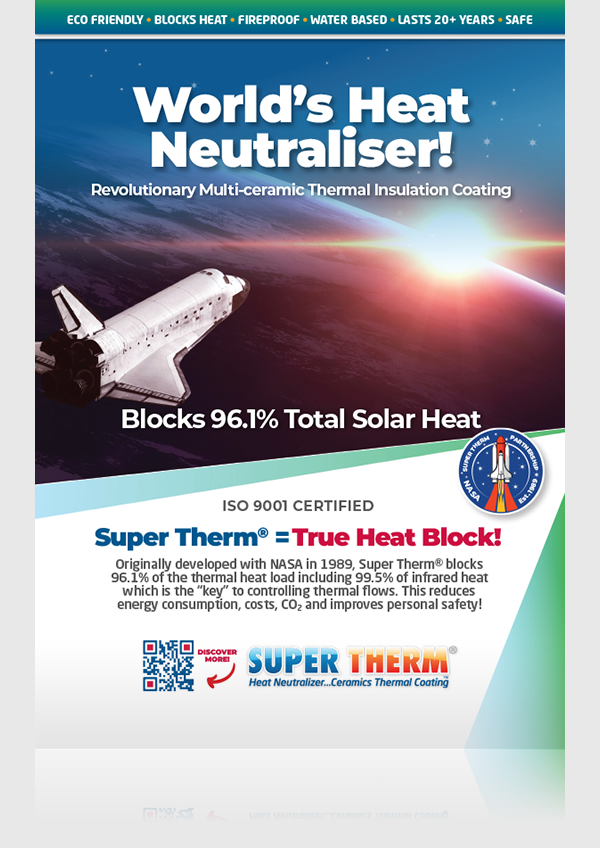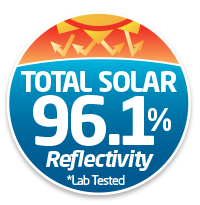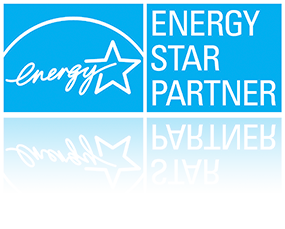What is a Roof Coating?
Roof coatings are thicker than paint and have a higher solids content.
Roof coatings are designed for protecting and extending the useful service life of roof assemblies for new construction and existing roof coverings.
Roof coatings are applied to roofs on residential, commercial, and industrial buildings to extend the life of a roof by preventing water, chemical, or physical damage which saves money for the building owner. Roof coatings are also the most effective and least costly option to help buildings reduce energy and enhance sustainability.
Roof coatings are formulated to protect roofs from the damaging effects of weather and the environment, such as UV light, and excessive water and wind. They are formulated to provide protection for many years and are also elastic; they should also contain a high level of top-quality resins for durability. The high quality resins and the volume of resins introduced during manufacturing allow the coating to maintain its elastic properties throughout its life cycle.
Once cured, these resins form an elastomeric and durable film, which provides an additional measure of waterproofing and allows the roof coating to bridge small cracks and membrane seams found on roofs. Unlike paint, which is typically applied in portions of a gallon per 100 square feet, roof coatings are applied in terms of multiple gallons per m2 (Source).
Benefits of roof coatings
Roof coatings are applied to roofs on residential, commercial, and industrial buildings to extend the life of a roof by preventing water, chemical, or physical damage which saves money for the building owner. Certain roof coatings even provide an extra level of waterproofing protection to help shed water to keep building interiors dry. Also, roof coatings are the most effective and least costly option to help buildings reduce energy.
How roof coatings lower roof temperatures
Reflective roof coatings reflect visible light and ultraviolet radiation, some may also reflect infrared. This leads to lower roof temperatures which in turn helps reduce cooling costs for buildings with air conditioning units and reduce interior temperatures in buildings with no cooling units. By minimising cooling costs in warmer climates, peak energy usage is reduced thereby decreasing the risk of power outages and the strain on the electrical grid.
How roof coatings reduce urban heat island effect
The Urban Heat Island Effect is a regional elevation in air temperature, usually gauged by the difference between urban and rural air temperatures. On a typical summer afternoon, a clean white roof that reflects 70% of sunlight will stay about 10°C cooler than a grey roof that reflects only 20% of sunlight. Likewise, a cool roof that reflects 35% of sunlight will stay about 5°C cooler than a traditional roof that looks the same but reflects only 10% of sunlight. Reflective roof coatings reduce the Urban Heat Island Effect and peak energy use which lowers carbon footprints and smog while lessening the amount of roofing waste going to landfills.
How roof coatings prevent tear-off and waste
Every building owner will eventually be faced with the decision to completely tear-off an existing roof or to repair it. In fact, 16 billion square metres of roofs are either replaced or re‐coated each year. Given that roofing materials are the third greatest contributor to waste in landfills, roof coatings are an ideal solution to extend the life of a roof and prevent tear-off and waste (source).

























